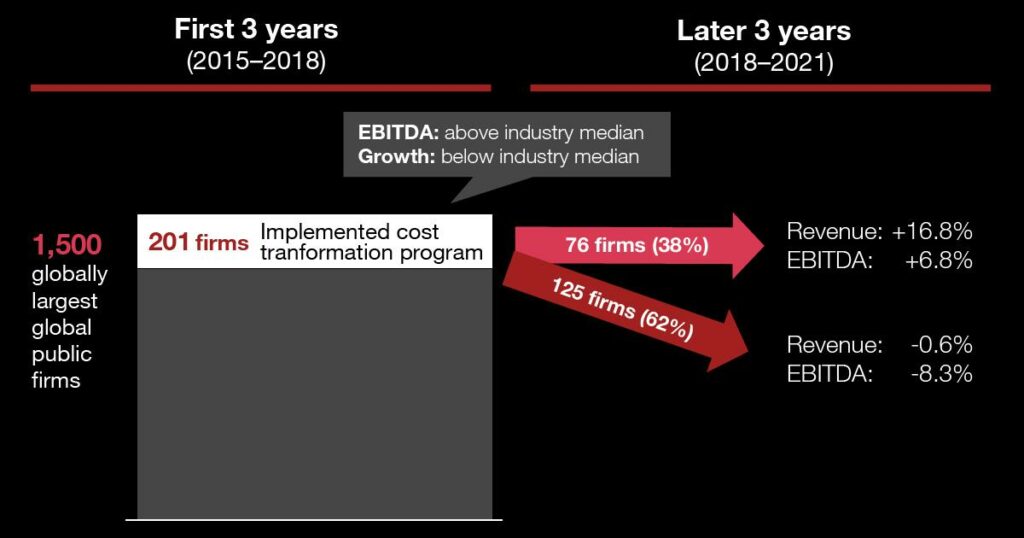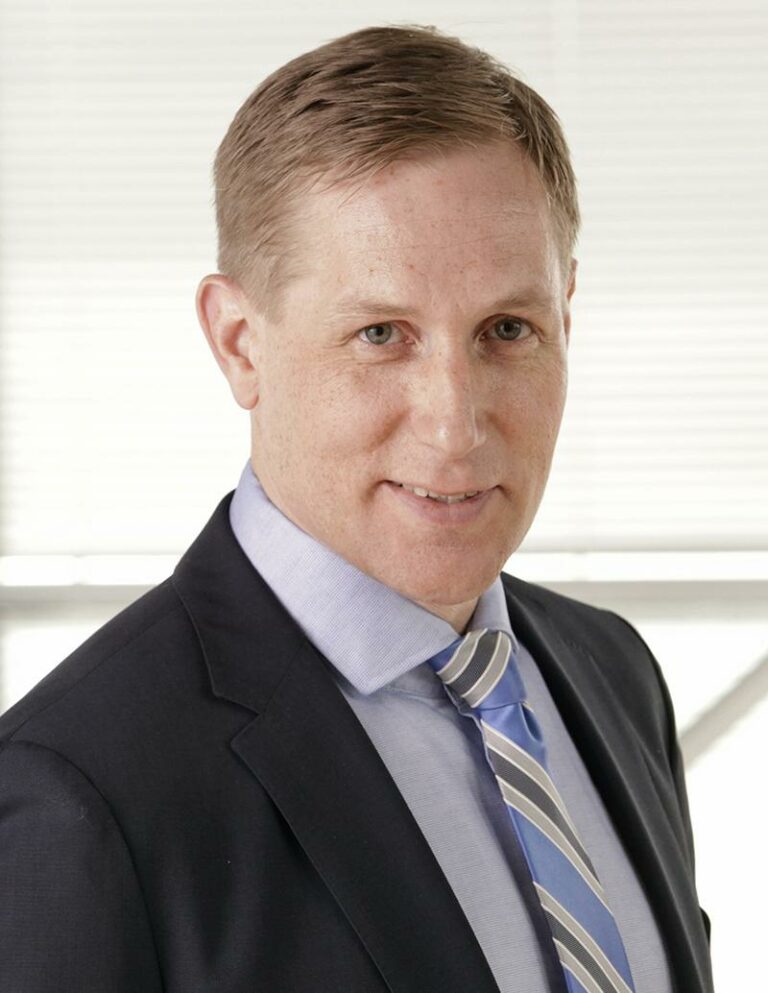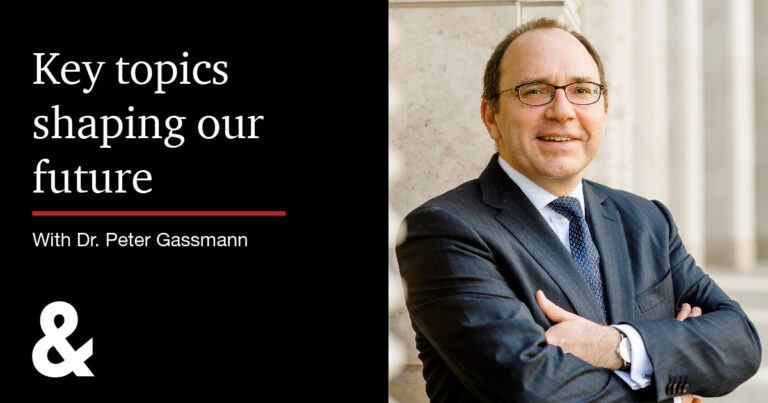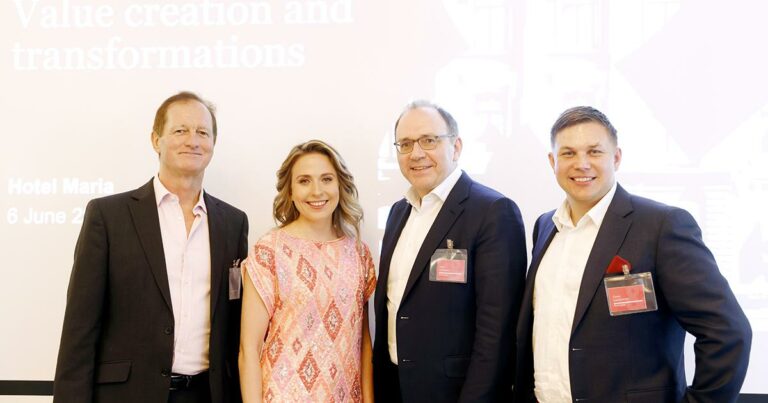Lessons from Companies that Achieve Growth after Cost Programs
Tuomas Törmänen

I decided to write about savings programs for two reasons. Firstly, they are currently very common. According to PwC’s global survey from November 2022, 42% of senior executives globally have identified cost reductions as key components of their 2023 plans. Secondly, and more importantly, because too few cost programs generate long-term value, but there are certain key learning points that we can draw from companies who have achieved growth after savings programs.
My colleagues recently conducted research on 1,500 of the largest public companies worldwide, out of which 201 underwent a major ~3-year savings program. The results of the research have just been published in an article in Harvard Business Review. Unfortunately, the majority of these cost-savers (62%), experienced below-market growth and declining profitability in the three years following the initial program, so these programs didn’t really hit the mark.

On a positive note, our research team identified a group of companies that managed to expand both revenues and margins in the three years following their initial savings program. It wasn’t the market that drove this impact, as these successful companies originated from a wide range of industries and geographies.
Something else helped them grow profitably. There were five things that these companies did very well, and I would like to share them with you:
- Treat cost as an investment with an expected return. Establish a link between every spent euro and its anticipated outcome. Some costs may help you differentiate, while others mitigate a particular risk. Whatever the case, be clear about where the return comes from. Ikea has long been guided by the mantra: We do our part. You do your part. Together we save money.
- Simplify radically. Imagine what a new company would do if it entered the market now. Such a “zero-basing” approach can be helpful to challenge the old truths and avoid taking things for granted.
- Design and deploy new digital value chains in agile sprints. Think with an end-to-end view, but act when and where you can capture the savings. Aim to bake many small savings items into a major program, like ERP, rather than just waiting for the ‘big bang’ for many years.
- Rethink your partnerships. Consider what capabilities your partners can bring to the table. New capabilities require a lot of money and time. Focus on areas that will differentiate your business in the long term – and contemplate outsourcing areas where others excel.
- Foster a cost-focused management system and culture. Avoid a ‘one and done’ approach. Rather, rethink and improve the core processes again and again. Danaher, for instance, operates under the mantra: Waste nothing. This even applies to meetings, which are often concluded ahead of schedule. With this type of behaviour, cost-focus gets rooted into culture and daily habits.
Why is it difficult to cut costs without cutting growth? In my experience, cost programs are sometimes started in a hurry and without clear alignment on key questions such as the timing of savings, strategic priorities, and the role of cultural shift. Therefore, I’d like to share a few additional ideas that may prove helpful.
Timing. It is much easier to save on items that don’t significantly impact the current business – and this is often the approach taken. However, before cutting investments in future opportunities, I think it is a good idea to have a ‘challenger’ role in the leadership team to help everyone think through what will be lost in 5-10 years’ horizon.
Strategic priorities. Before entering specific discussions on savings, or investments, I strongly recommend aligning on 3-5 capabilities that drive differentiation. After alignment, the leadership team may decide to increase investment in these capabilities and save much more on ‘table stake’ or ‘lights-on’ capabilities.
The role of cultural shift. Savings programs sometimes taste and feel like one-off plans. In my opinion, it is key to also align on long-term targets. Long-term benefits will typically also need shifts in operating model and culture, as well as the change story, program plan, and resource commitment – and ongoing communications should reflect that from the beginning.
Are you interested in delving deeper into this topic? I recommend reading the HBR article for more in-depth analysis. If you have any questions or would like to engage in a discussion about these matters, please don’t hesitate to contact me and my colleagues. We are eager to explore and exchange perspectives with you.



